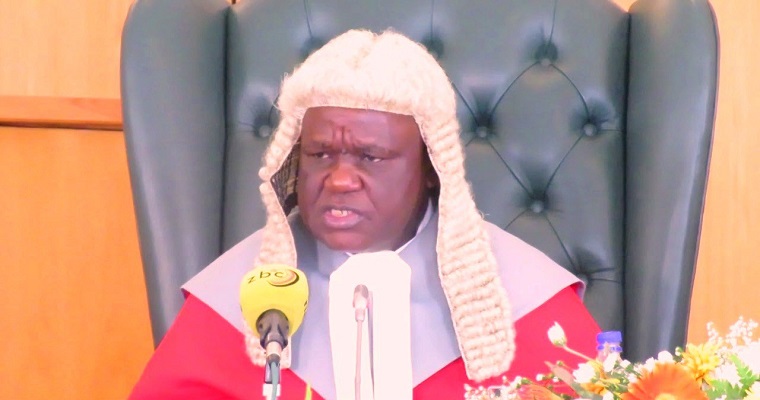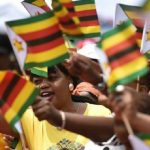Therefore the declaration itself is final subject to requirements prescribed reversal requirements. The Zimbabwe Electoral Commission made a critical admission that the exact figures were incorrect and minor adjustments were made after data capturing errors were corrected. It was submitted that this affected the figures relating to the 1st respondent’s win by 0,1 percent but it did not affect the result of the election. It is important to understand what the result of an election is.
The result of an election is the declaration of a winner having reached the 50 percent plus one vote; no other thing. Any votes after that point have no bearing on the result of the election.
The amendment by ZEC has no effect at all on the result of the election and the declaration as interpreted in this case. In fact, an error in counting and amendment of figures is envisaged in the Act itself which makes the provisions of section 110 subject to those of section 67 (a). The law therefore allows for that adjustment and again if the applicant was aggrieved by the counting and the figures availed he should have utilised remedies availed to him by the Act.
In this case the applicant in our view needed more evidence than the mere admission by ZEC on the inaccuracy of the mathematical figures. On the case presented by the applicant on the irregularities allegedly committed by the ZEC, the applicant made several generalised allegations of electoral malpractices against the electoral commission. He made a startling submission that these generalised allegations would suffice to prove this case of irregularities without resort to the primary source evidence.
The electoral commission nonetheless took time to analyse allegations against it and produced clear and tangible evidence to refute the allegations making it incumbent on the applicant to discharge the onus which was on him. The onus to prove the case is not on the person accused.
The accused person doesn’t have to prove anything, doesn’t have to prove innocence and therefore the respondent in this case needed only to respond.ZEC proved through the V11 forms produced that allegations on some forms had been signed and not populated was false and there appears to have been a deliberate fabrication of evidence with an intent to mislead the court.
Without access to the sealed ballot boxes residue, this allegation simply remains as refuted.Disenfranchisement of 40 000 teachers. The applicant alleged that some 40 000 teachers were denied their right to vote on the Election Day and that this had direct effect on the results.
The allegation, needless to say, was very general and unsubstantiated. It is not clear how the figure 40 000 was calculated.
There was no evidence from the teachers themselves that they were registered voters who wanted to exercise their right to vote and were posted against their will.
On the contrary, it was shown by ZEC that some teachers had deliberately opted not to vote in favour of being posted to stations where such right could not be exercised.
Continued next page
(860 VIEWS)


